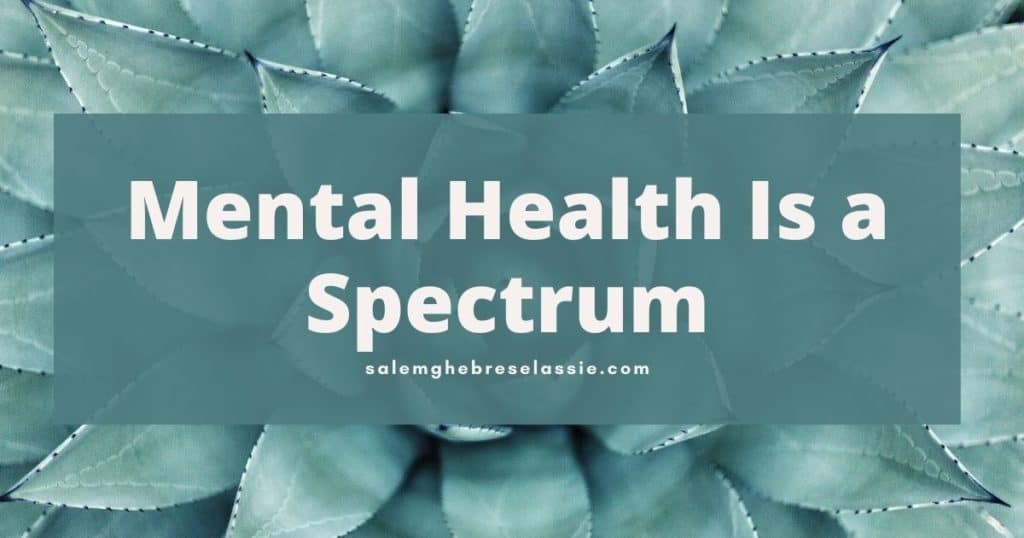Starting a conversation about suicide can be hard. Regardless, I believe it a conversation that must happen with our families, friends and our community as a whole. Do you feel uncomfortable discussing about suicide? Do you worry that maybe by talking about it you will make matters worse like possibly inciting suicide thoughts or actions? You are not the only one. Many people still believe the myth that asking questions about suicide thoughts or plans will give a distressed person the idea of suicide. This misguided belief often causes people to avoid the issue altogether.
Today I want talk about suicide separating the myths of suicide from the actual facts about suicide. Happy reading . Do you know that talking about suicide can in fact reduce the stigma and provide opportunities to help the individual who actually is struggling? What a shocker eh? Keep reading.
MYTH 1 – Suicide thought is the same as suicide attempt.
FACT 1 – Suicide Ideation – meaning the idea or thought of suicide is NOT the same as suicide intent.
It is not unheard of for people going through difficult life events such as a loss of family member, trauma, life threatening illnesses…and so on to experience thoughts related to ending their life. Although persistent suicidal thoughts are a risk factor for suicide, many people who experience them never make a suicide attempt.
MYTH 2 – Suicide thought is not related to any kind of mental illness condition.
FACT 2 – Suicidal thoughts can be a symptom of mental illnesses like depression.
Let me make this one thing clear – not all people who think about suicide are mentally ill. Yes addictions and mental illnesses play as risk factors for suicide. However, suicide ideation can occur in the absence of mental illness when events in an individual’s life overwhelm their coping abilities and resources. Difficult life transitions, loss or trauma can create a sense of depression that leads to suicide ideation.
MYTH 3 – A person with suicidal thoughts and attempts suicide is simply just because that person wants to die or wish to die.
FACT 3 – Contemplating or attempting suicide does NOT mean a person wants to die.
According to evidence based research, It is common for people who feel suicidal to report not so much wanting to die, but rather wanting to end their emotional pain and overwhelming stress. Read that again. At a person’s darkest hour, it an seem as if suicide is the only option available to relieve their pain. This type of tunnel vision creates a psychic block to the awareness of other options and seeking help.
MYTH 4 – Asking and talking about suicide is like planting the idea of it in someone’s mind.
FACT 4 – Asking about suicide will NOT plant the idea of it.
Instead, asking and talking about it will provide a great opportunity to discuss the issue and provide support. In fact, research shows that suicidal thinking and risk often goes down when people get a chance to talk about the issue, exploring alternatives and perspectives with a non-judgmental and caring person. Let that sink in. Another dose of truth is that many people experiencing suicide ideation are looking for a reason to live! You and I can be that voice of reason in individuals who struggle with suicidal Ideation.
MYTH 5 – People with suicidal thoughts and threats are NOT serious enough to commit suicide.
FACT 5 – Suicide thoughts and threats should be taken seriously.
People don’t joke about suicide threats. They are indicators of distress, hopelessness and possibly mental illness. Individuals who talk about ending their life are experiencing serious emotional pain and unfortunately some do go on to attempt or complete suicide. Hear me out when I say this please. If you or someone you know is experiencing reoccurring thoughts of suicide, it is important to seek professional help. Contacting a crisis helpline or mental health professional will help identify issues underlying the suicide thought, which can bring clarity and hope to what may seem like impossible situation.
The human mind is programmed to searching for a solution to a problem or escape from what feels like unbearable pain. That’s what the human brain is programmed to do. Thoughts of suicide can arise naturally when a person feels stuck, overwhelmed, hopeless and disconnected. You can be a voice of hope and bring light to that one individual who is suffering from suicidal thinking. Creating a safe space to talk about suicide using nonjudgmental approach to the topic can help relieve distress, uncover resources and most importantly rekindle hope.







